Weaving the strange: The art and alchemy of Xbox’s South of Midnight
Exploring the art, worldbuilding, and folklore-inspired design process
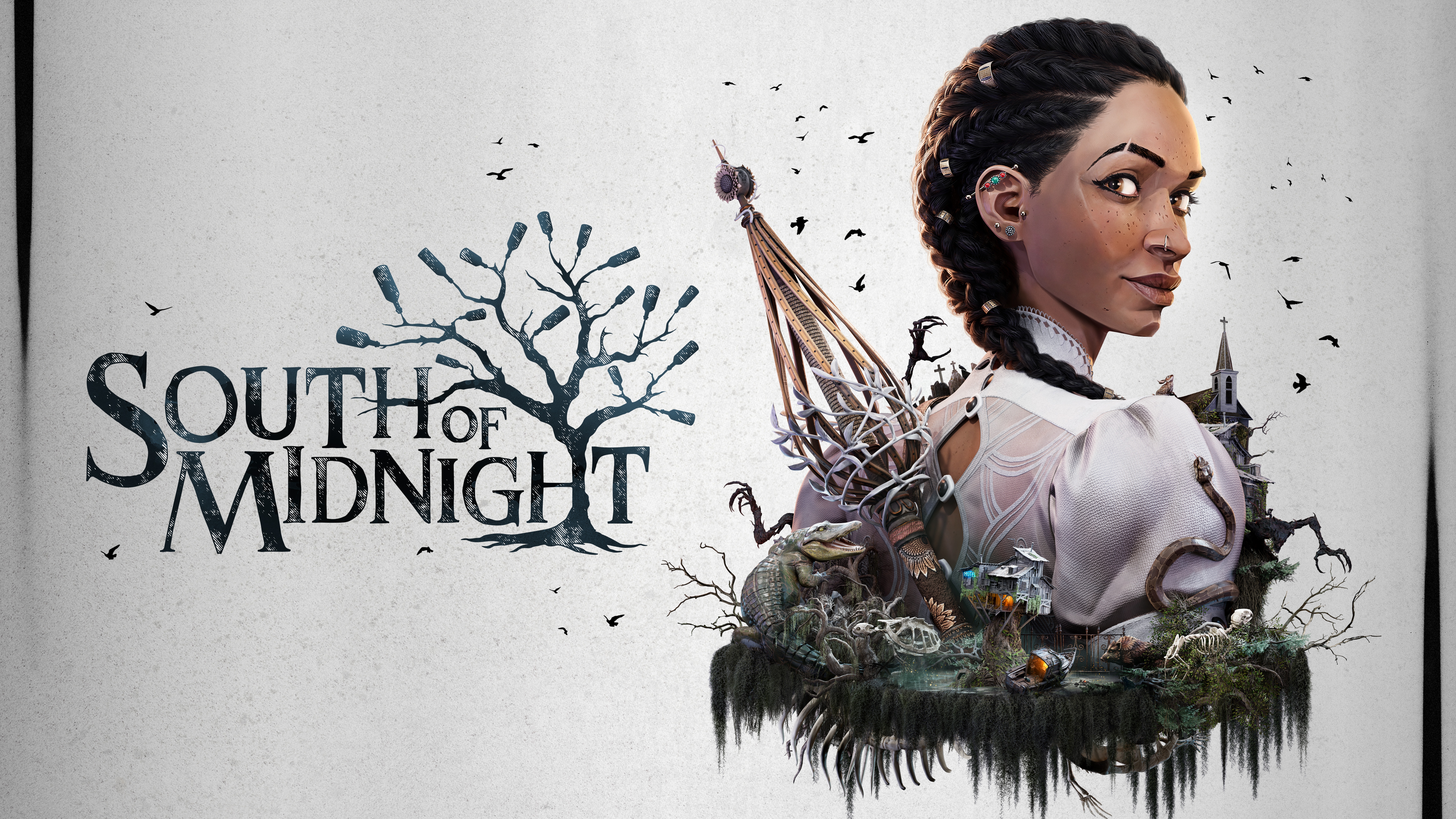
How do you create a unique video game world that weaves players through a Southern Gothic tapestry? In South of Midnight, the new action-adventure title from Compulsion Games, you play as Hazel, a young Black woman from the American Deep South who heals the creatures that roam the land. The distinctive artistic aesthetic of this dark, magical, and handcrafted narrative landscape is imbued with light and hope.
Interweaving art and story
After a hurricane ravages Hazel’s hometown of Prospero, washing away her mobile home along with her mother, the land resembles something else entirely. Enormous peaches rival boulders. Meandering trees drip moss tears. Strange frogs, rabbits, and others watch Hazel navigate their realm as she becomes a weaver, a magical mender of broken bonds and spirits. However, what do Hazel’s new powers have to do with the morphing of her hometown? “Everything from the art and world standpoint is built hand-in-hand with narrative,” said Art Director Whitney Clayton. “So the theme, the tones, all the stories have to be built together. One shouldn’t just be retrofitted on the other. Both the narrative and the world have to enhance each other.”

The building of dreamlike worlds
The game’s inception came from Compulsion Games’s Creative Director David Sears, a Mississippi native who wanted to create a love letter to the south. In Weaving Hazel’s Journey: A South of Midnight Documentary, Sears talks about playing in the swamp as a boy, where runaway slaves historically sought refuge knowing that few would come looking for them there. Permanently saturated in water, the swamp is home to alligators, snakes, merciless mosquitoes, and blood sucking leeches. Gnarled vines creep around the trunks of trees. That place would be the inspiration and framework through which David and the team at Compulsion Games creatively designed.
Playing a pivotal character in the game’s story, Prospero is a fictional town in the Deep South comprised of the swamp, the Delta, and the Appalachian Mountains. To transcribe their essence, the game’s designers went down South. They meticulously recorded swamp and forest sounds: buzzing flies, creaking grasshoppers, the rustling of wind through leaves, lapping water. With those sounds enhanced and mixed like a surreal chorus, the southern region scores the game’s atmosphere, giving South of Midnight a peculiar and authentic auditory backdrop.
Artists drew direct inspiration from the crowns of southern canopy trees and the way the afternoon sun hit their branches, crossing silhouettes that create shapes in the twilight and set a tone, imploring a sense of passing time. “There are different elements that put a personality in the world, one is the style. Doing this crafted look allows the artists to exaggerate the features of a place instead of just making them look realistic,” Clayton said. For her, since Hazel traverses these different places, amplifying and “twisting” their iconic details was crucial.
Like Alice in Wonderland, Hazel tumbles down a proverbial rabbit hole where reality and dreams are made of the same fabric, but how do you seamlessly entwine them together, evoking a dreamlike feeling? As Clayton explained, “I think it’s important to find a personal twist on what makes something interesting. What will be those details that make a place iconic and special, and give people that feeling of like, ‘Hey, I’ve been there before.’” Allowing designers to choose those details creates different associations that collectively complement and objectively resonate with people.
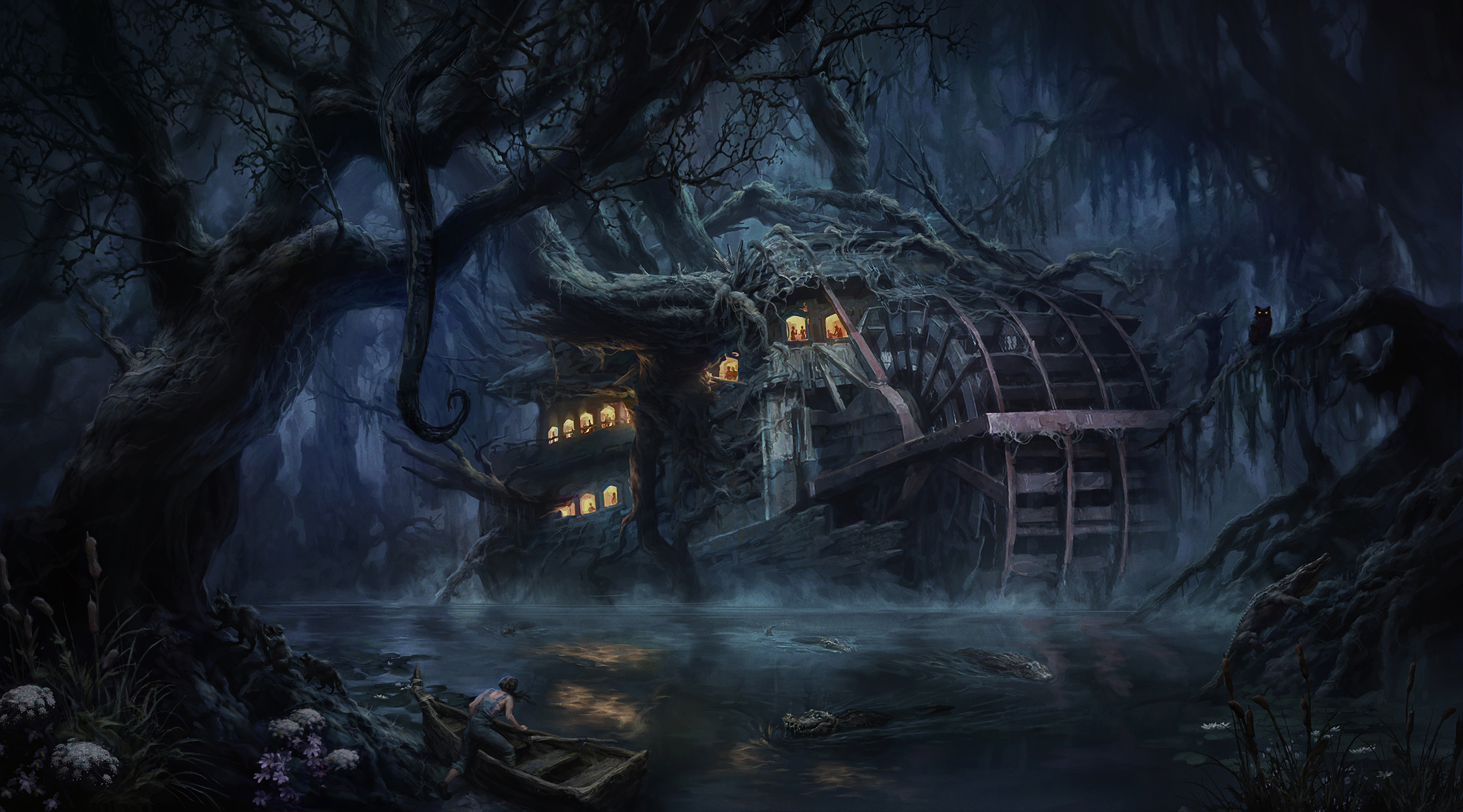
Simulating stop-motion
South of Midnight’s tactile art style appears naturalistic, jagged and painterly, but in a kitsch way. Although there’s an option to opt out of stop-motion mode, the team worked to simulate the game’s stop-motion to further plunge players into a spectral realm. “From the very start of the production, we needed to define the stylistic treatment and we knew we wanted to do a handcrafted look,” said Clayton. One of the main references they drew from was Madame Tutli Putli, a stop-motion short film about a lanky woman with big bulging eyes that seemed to see through people. On a crowded train, colorful characters surround her, tonally hitting the mark.
Clyde Henry Productions created the Oscar nominated film in their Montreal studio, ironically, in the same locale as Compulsion Games. Clayton and her team were graciously invited to Clyde Henry’s studio, where South of Midnight’s artists studied handmade maquettes that are miniature set pieces, works of art onto themselves. Because they’re made to scale, even the slightest distortions can break the illusion of a real-life structure, shrunken. To achieve South of Midnight’s aesthetic, the Compulsion artists had to work backwards, learning the way maquettes were made from finish to start, asking questions like: How do you create depth and realism at that scale? In what way does a character’s height determine the size of detail? How do you make a miniature toaster look like an actual toaster?
A handmade cinematic story
When the Clyde Henry team saw South of Midnight’s work, they responded in-kind, recreating the game’s assets into actual handmade objects like the bottle tree, a key plot point in the game. As a Weaver, Hazel collects bottles containing painful memories and places them at the ends of tree branches. This act symbolizes confronting and releasing past traumas, allowing her to “untangle the knots” caused by these experiences.
The Clyde Henry team required a glass blower in Korea to blow miniature bottles. The exact “haint blue” color was a difficult shade to produce, as was shrinking the weave of a fabric for Hazel’s pants—showcasing the dedication they had to their craft. “They had direction for that, but they pitched that idea. It was very much like a collaboration with them,” Clayton said. The outcome? A short feature serving as South of Midnight’s cinematic intro, preparing players for Hazel’s otherworldly adventure.
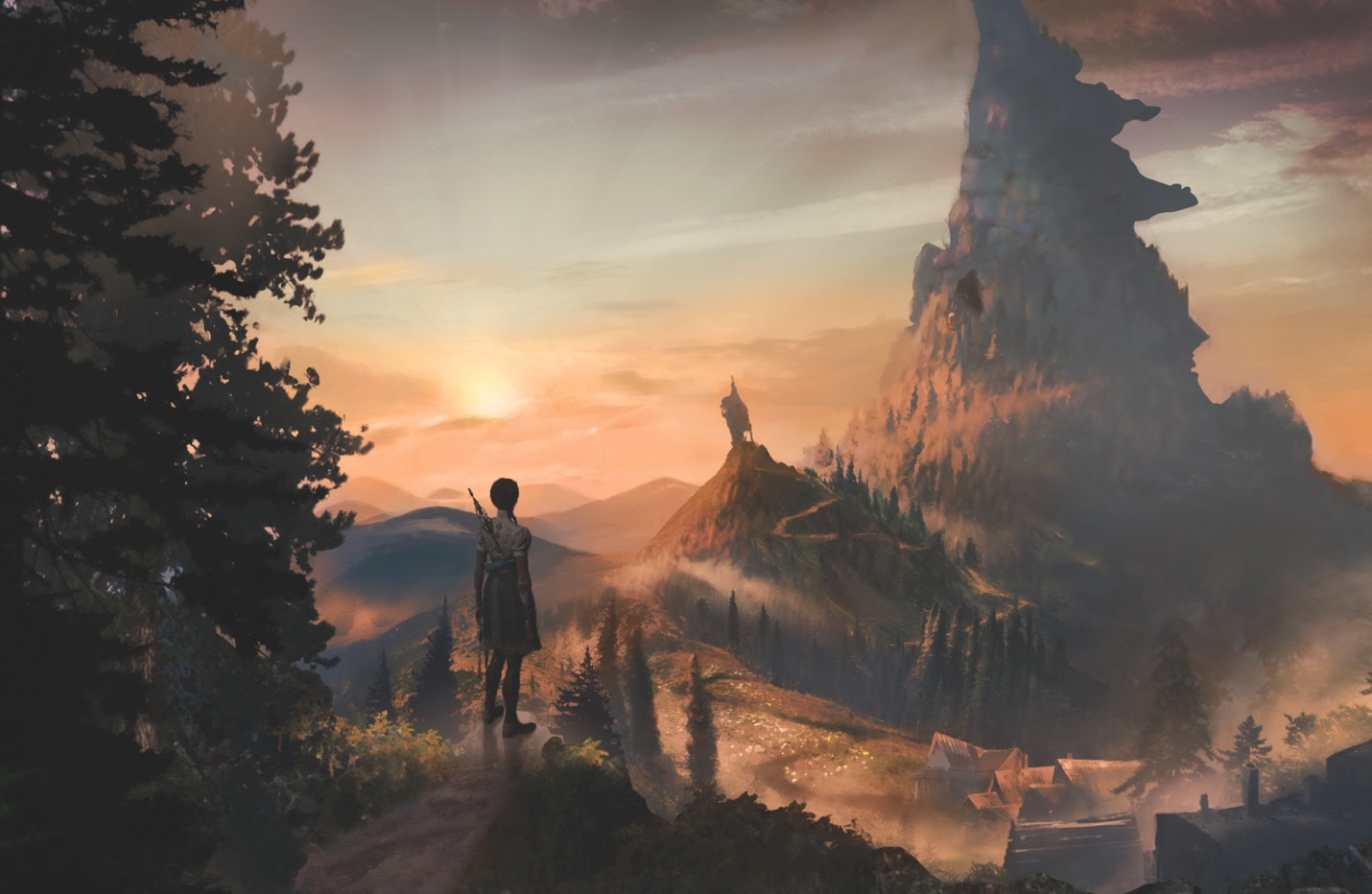
Creating the Hazel character
Crafting Hazel’s personality meant that Zaire Lanier, the game’s Writer and Narrative Designer, and her teammates had to ask a multitude of questions. What are Hazel’s flaws, her strengths? Who is she? Where is she from and what does she want? How do we relate to her humanity? As the young teenage Hazel comes into her own power, she’s accumulating Weaver abilities like the power to manipulate the fabric of reality, weave a glider to fly, or restore broken spirits—sewing balance and harmony into the grand tapestry of life. “She’s experiencing that with the players,” Lanier said.

She and the other writers showed Hazel’s humanity through the way she responded to getting her new powers. As Lanier described, “She reacts with caution and confusion, even a little immature like when she acquires the power to double jump, she says, ‘Oh, this would’ve been really nice during track season.’” As the game progresses, Hazel’s quest to find her mother becomes a coming-of-age story as she learns about her family’s past and figures out who she is.“
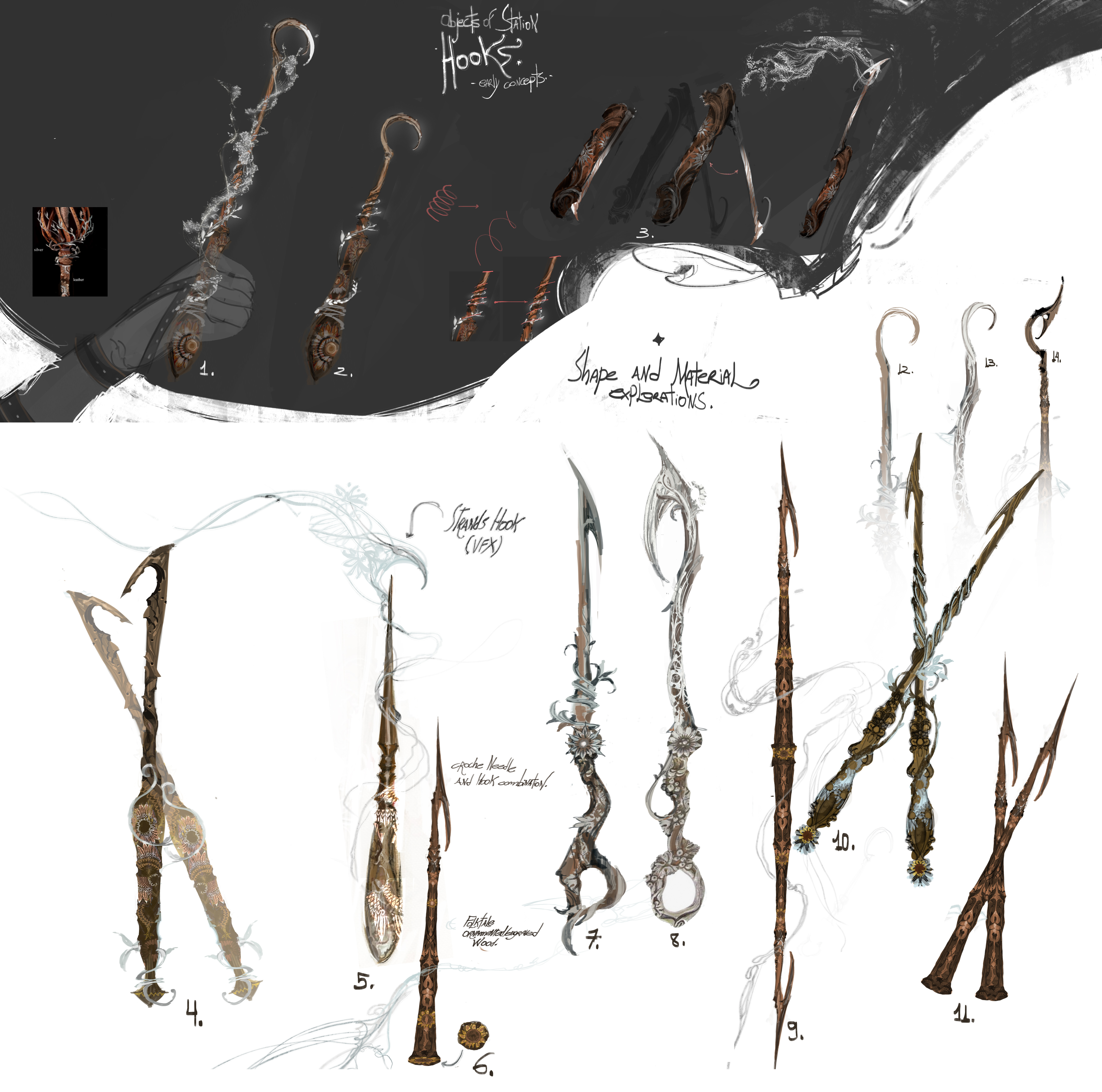
Her character arc is both internal and external. She’s informed by what she goes through in the game, and what other people have gone through, and she takes those things to heart,” said Lanier. As the game intensifies, Hazel matures, going from being impulsive to taking things more slowly and thinking them through. Going up against unsettling monsters, Hazel will need all the wisdom and forethought she can muster.
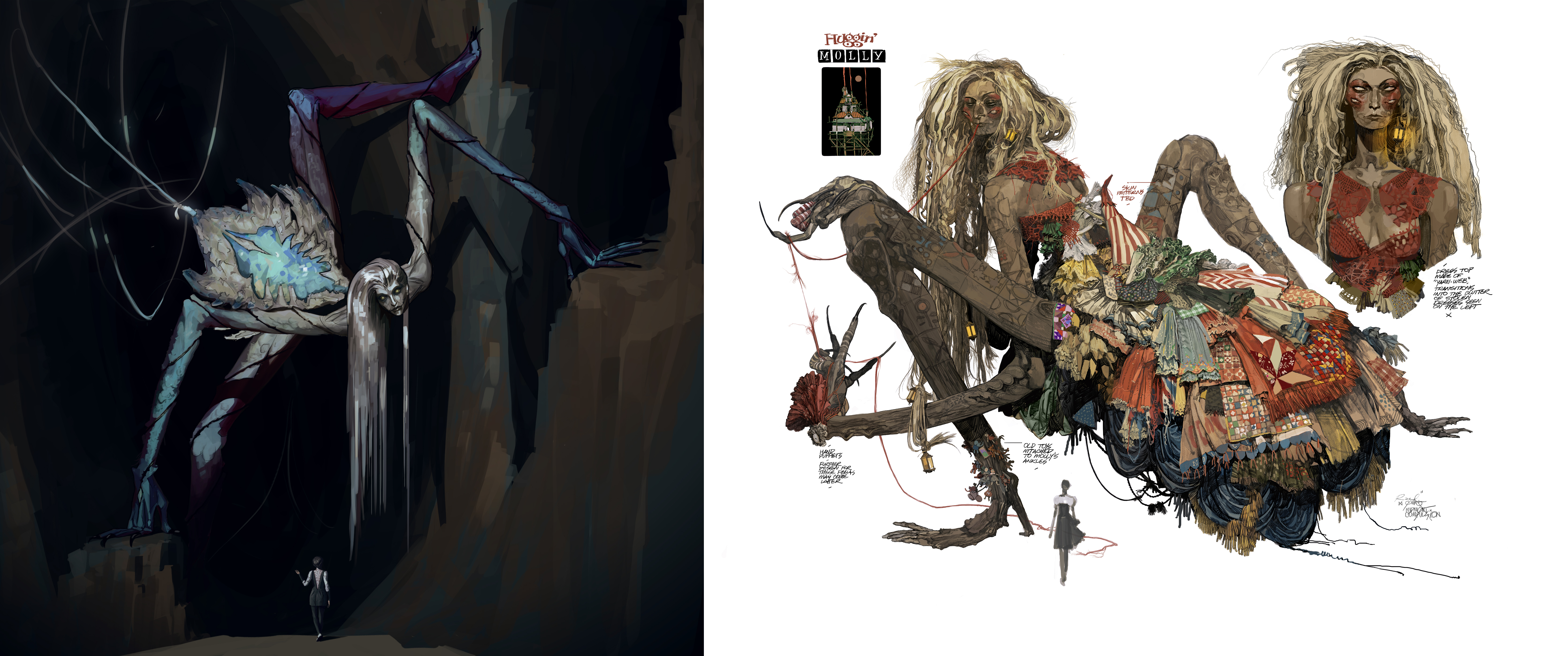
Designing poetically disturbing creatures
The monsters are eerie, folklore-infused manifestations drawn from deep Southern legends. Each creature blends regional myth with surreal design, making them feel both ancient and otherworldly. These aren’t your typical beasts; they’re twisted by emotion, memory, and the land itself. Every monster in the game is more than just an enemy—they’re tangled in the story’s themes of legacy, loss, and the power of unraveling the past.
Take Huggin’ Molly, for instance. While she’s traditionally depicted as a spectral figure who embraces and screams at children wandering at night, the game reimagines her with distinctive and haunting features. Portrayed as a monstrous woman-spider, the game’s team blended human and arachnid traits to evoke unease and reflect her predatory nature.
The first iteration of Molly has an expressive composition. Her four long legs and dark eyes are polarizing. She’s a striking, one-dimensional figure with long white hair that might as well be poisonous tentacles. Albeit dark and mysterious, she’s without allegorical traits that point to a past or projected future.
Her final iteration has her wearing a quilt-like dress crafted from children’s clothing, perhaps those caught in her web. The dress symbolizes her connection to lost or abducted children, adding a macabre element to her appearance. The different styles of clothing speak of time. They whisper a collective history. What did Molly do with those kids? Why does she have so many eyes? How old is she? Can Hazel heal her?
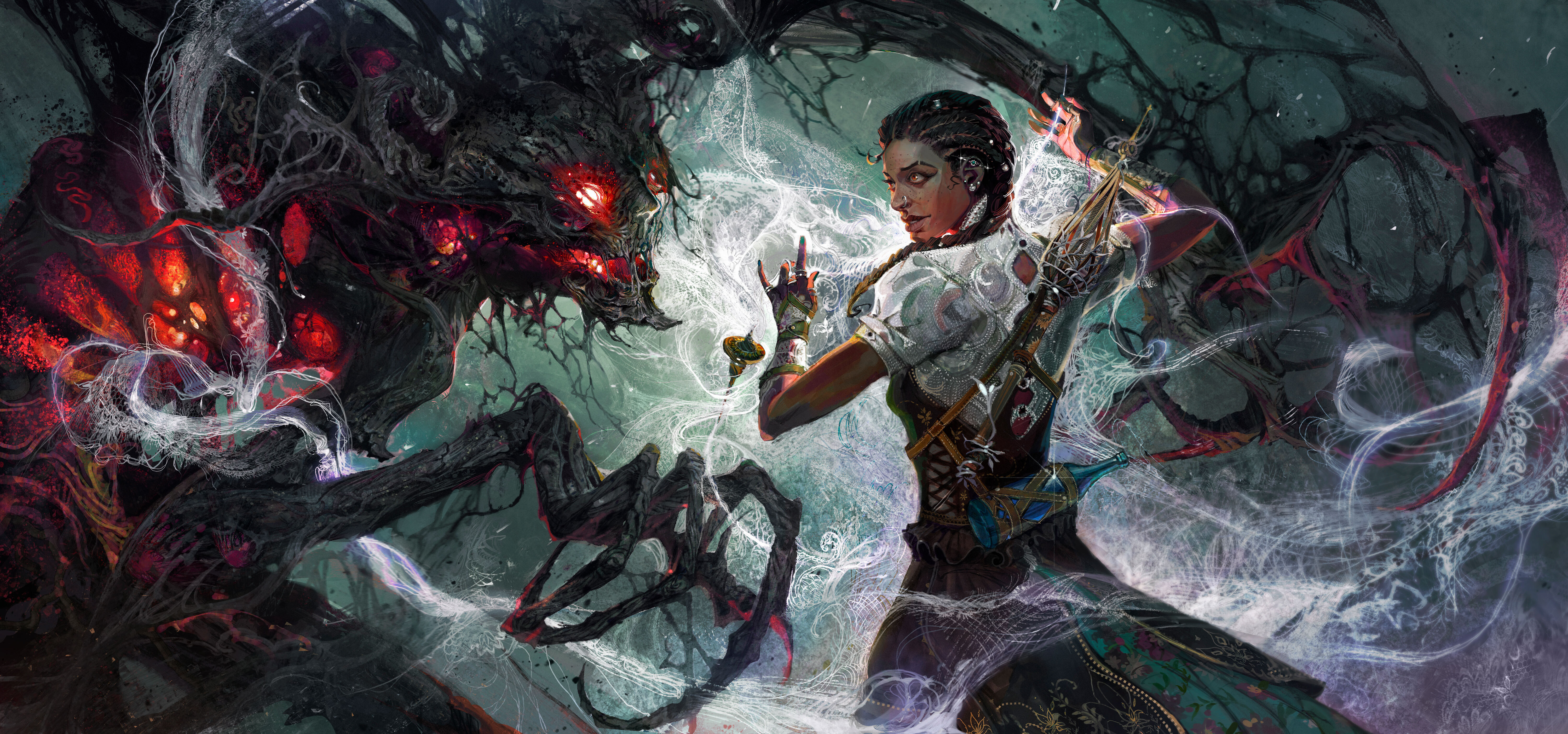
Some monsters are far too gone to be saved. Others are lost souls, toiling in trauma. To repair their rupture from the grand tapestry, Hazel must reveal their past. And for the ones she can’t save, it’s a fight to the death!
South of Midnight is available now on Xbox Series X|S, Xbox app for Windows PC, Steam, cloud, and you can play it with Game Pass.
Read more
To stay in the know with Microsoft Design, follow us on Twitter and Instagram, or join our Windows or Office Insider program. And if you are interested in working with us at Microsoft, head over to aka.ms/DesignCareers.
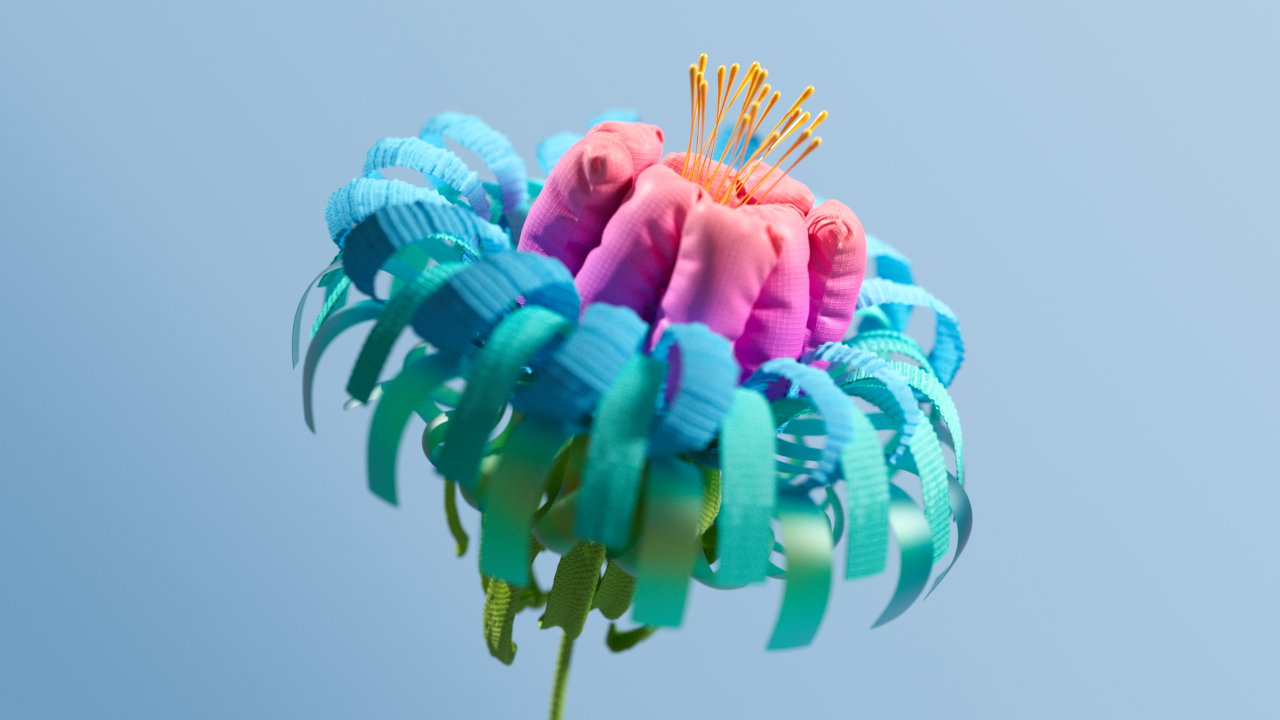
Outcomes over output: Designing shared cognition
How we are shaping systems that help people think better, not just type faster.

Designing loops, not paths
How cybernetic loops are helping us turn “human in the loop” from a catchphrase into a design practice
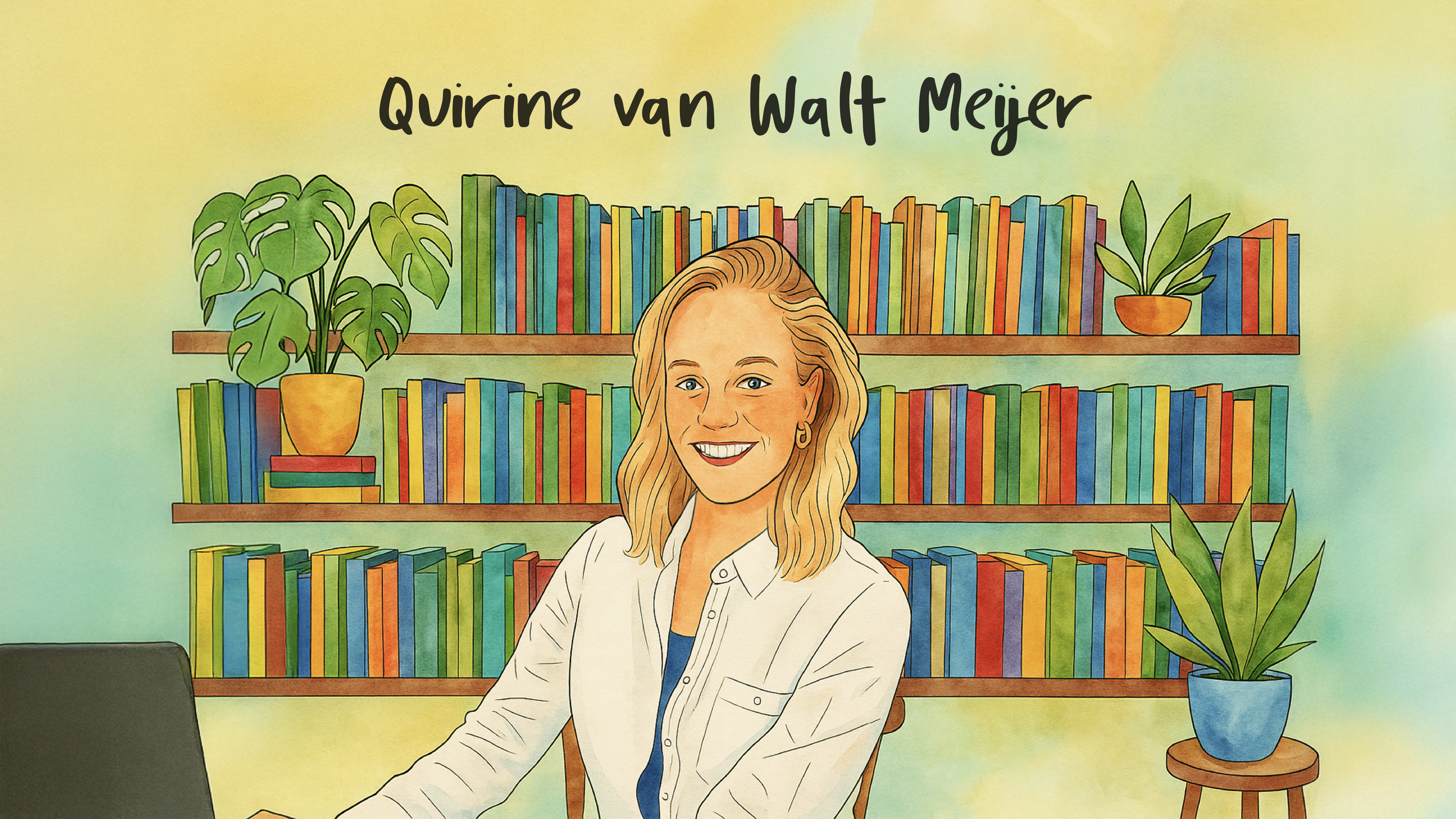
Vibe coding makes prototyping close to code, closer to users
Meet Quirine, a computational design manager exploring how AI reshapes the way her team builds and test ideas
